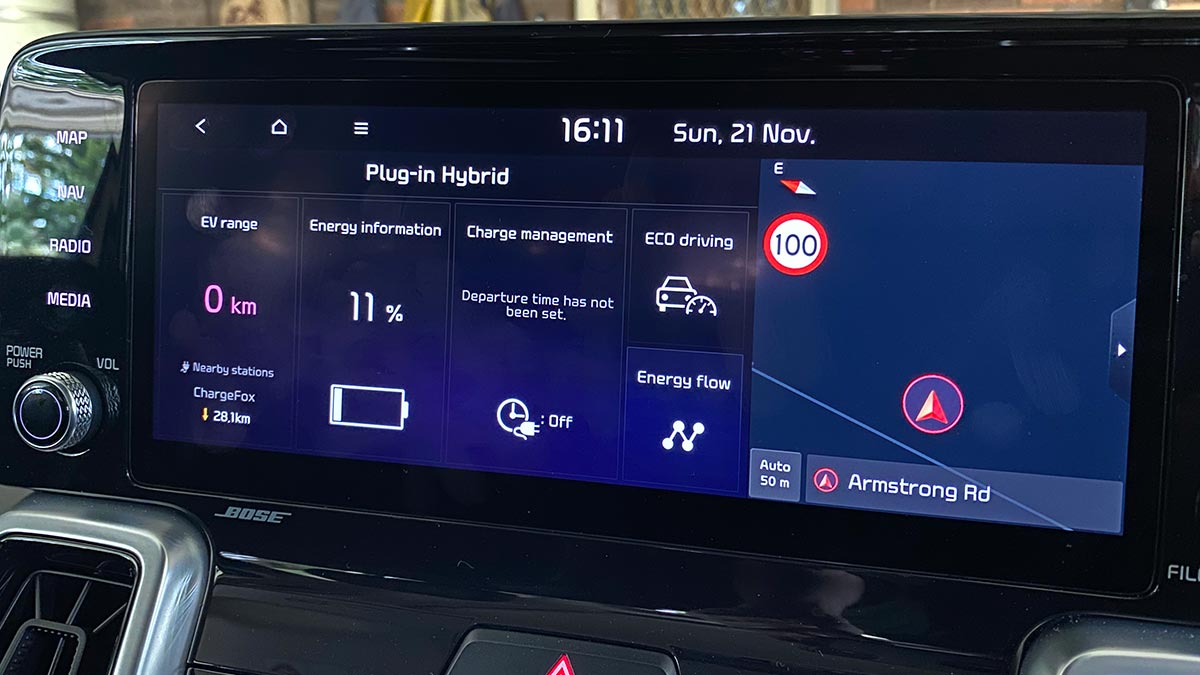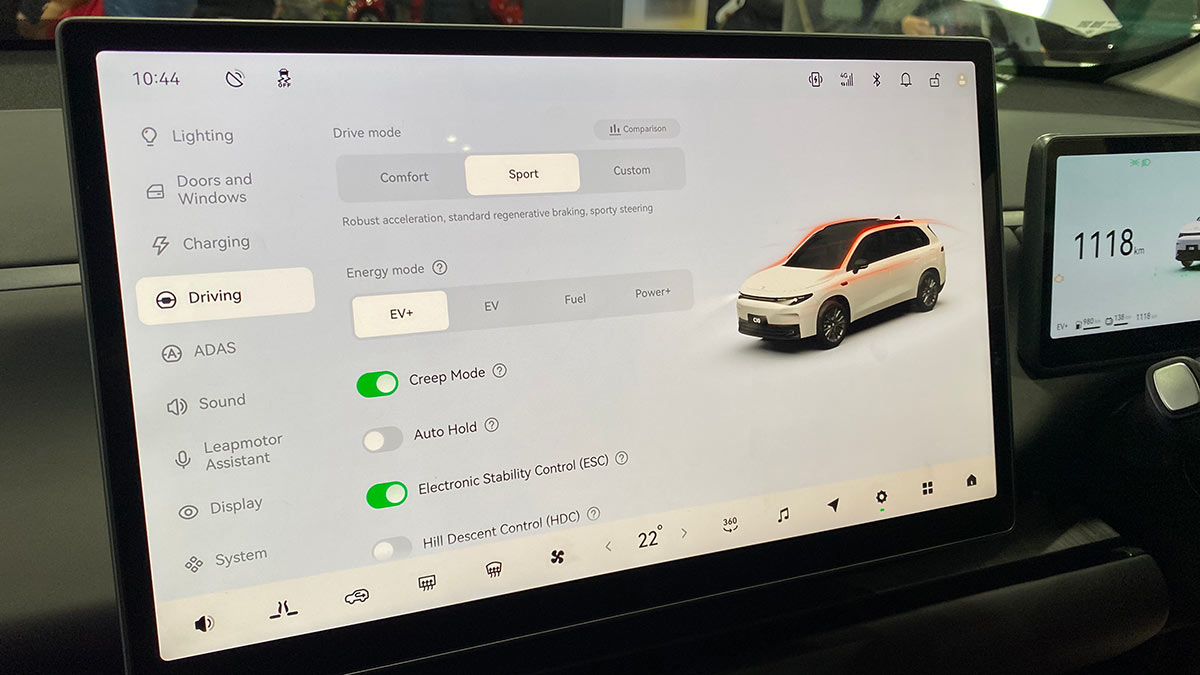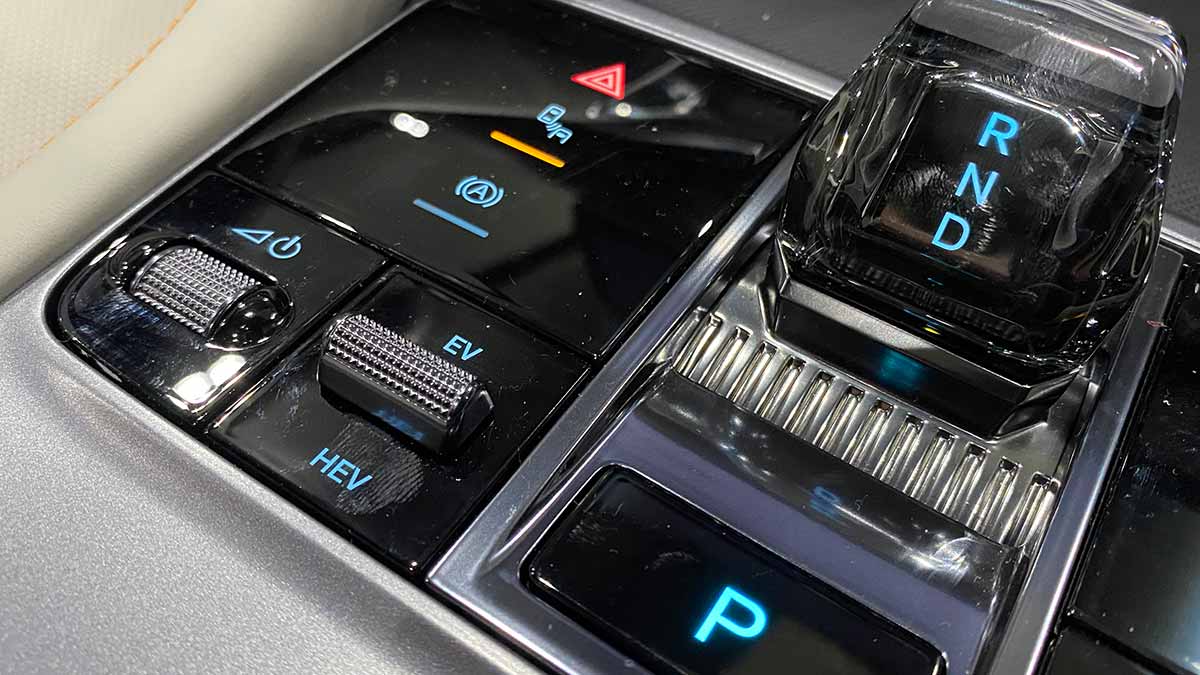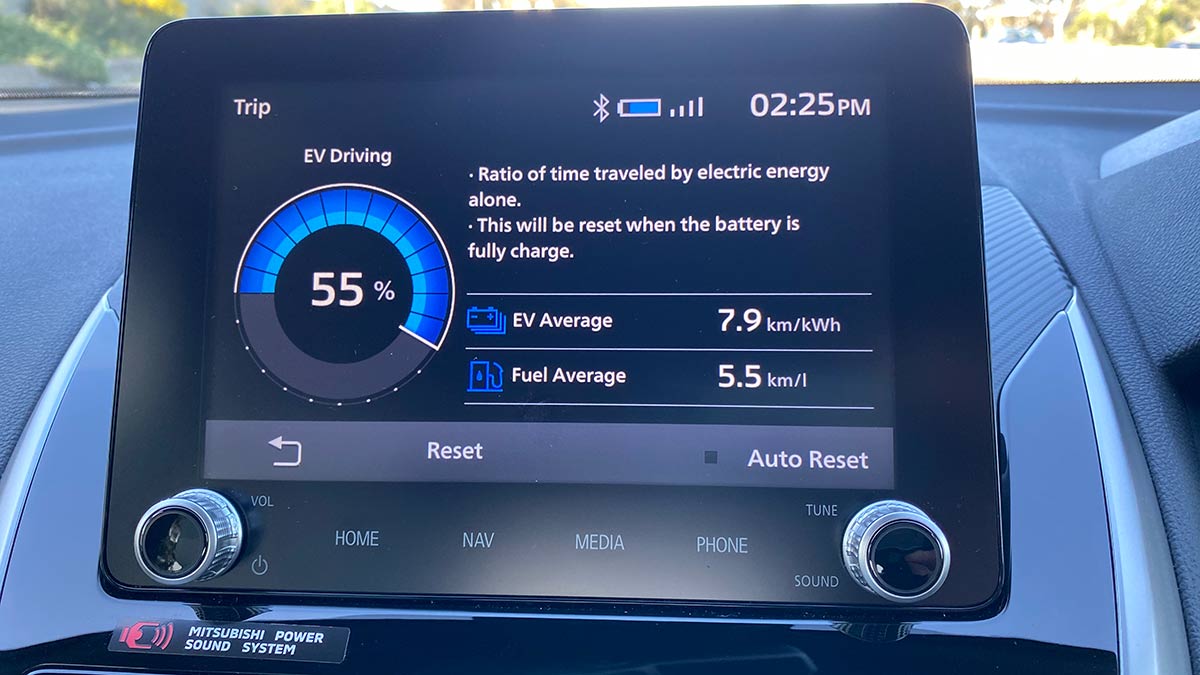The new plug-in hybrid electric BYD Shark 6 has shaken up the dual-cab ute segment, but how does it rate against the PHEV version of the top-selling Ford Ranger?
When to use EV mode in a plug-in hybrid car
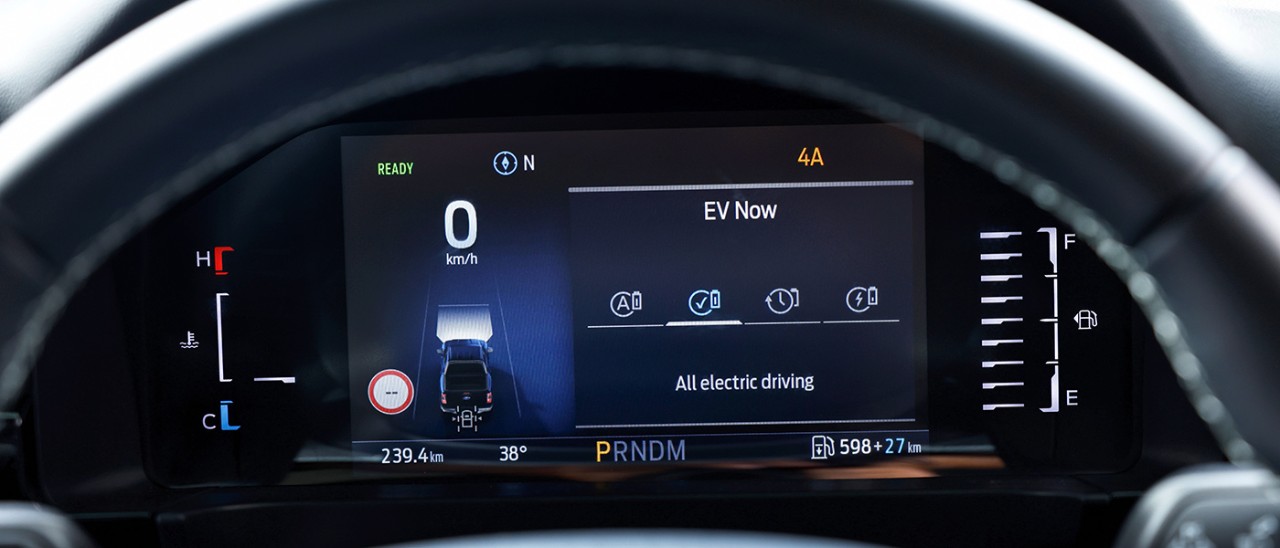
Plug-in hybrids can bring significant benefits when driven like an electric car, but what exactly is EV mode and when should you use it?
Plug-in hybrid electric vehicles (PHEVs) are becoming a popular choice for Australian motorists who want the benefits of EV driving but place a high value on a PHEV’s flexibility and convenience.
There is now a broad range of new PHEVs on offer across the biggest market segments – including SUVs and utes – that are in direct competition with regular hybrids and even cars with a traditional internal combustion engine (ICE).
Plug-in hybrid SUVs starting below $65,000 include the BYD Sealion 6, Leapmotor C10 REEV, Jaecoo J7 SHS, GWM Haval H6GT, Mitsubishi Outlander PHEV and Mitsubishi Eclipse Cross PHEV. Plug-in hybrid utes include the BYD Shark 6, GWM Cannon Alpha and even a plug-in version of the top-selling Ford Ranger.
“By combining a petrol engine with an electric motor and a high-voltage battery, plug-in hybrid cars can offer highly efficient and cost-effective motoring – if they are used effectively,” says RACV Digital Motoring Editor, Andrea Matthews. “This includes operating them in pure-electric EV mode at the most appropriate times and keeping the battery charged to cover as much of your daily driving requirements as possible.”
If a plug-in hybrid car is on your radar, or if you’ve already taken the plunge, this guide looks at how PHEVs work, the conditions where EV mode is best suited (and where it’s not) and some important differences in how EV mode operates, depending on the vehicle brand.
More: Search and compare plug-in hybrid cars on sale today in Australia
In this article
How a plug-in hybrid electric vehicle works
A plug-in hybrid electric vehicle (PHEV) combines a traditional internal combustion engine (ICE) – usually running on petrol – with a rechargeable battery and one or more electric motors.
Unlike regular non-plug-in hybrid cars, which primarily use the engine and regenerative braking to recharge the battery, PHEVs can be charged from an external power source, such as a standard household outlet, a dedicated home charging system or a public charging station (usually an AC outlet but sometimes also compatible with DC fast-chargers).
A PHEV’s battery is large enough to allow for extended EV-only driving – commonly around 50km but increasingly beyond 100km with the latest models. Depending on the hybrid system, the combustion engine is also big enough to power the vehicle, or to at least keep the battery in charge to then feed energy to the electric motor.
The ICE/e-motor combination can potentially enable a longer driving range than other vehicle types on a full tank/battery and owners have the convenience of not needing to charge when out on the road. This is especially relevant in areas where public EV charging stations are limited.
Around town, many PHEVs can operate like a battery-electric vehicle, achieving high levels of efficiency in certain conditions if the owner keeps the battery charged and makes the best use of the car’s selectable driving modes. The most common of these are:
- EV mode – where the car runs solely on electric power to reduce fuel consumption and emissions.
- Hybrid (HEV) mode – where the car automatically switches between petrol and electric power to maximise efficiency and performance. This is the default mode for many PHEVs once the battery’s state of charge drops below a certain level (eg. 20%).
- Charge/Save mode – where the driver can use just the petrol engine to charge the battery or maintain a certain battery charge level for later use, such as when driving in the city.
More: Hybrid vs PHEV vs mild hybrid vs EV: what’s the difference?

The Mitsubishi Outlander PHEV’s EV mode button sits next to the ‘Innovative Pedal Operation’ (one-pedal driving) mode switch on the centre console.
When to use EV mode in a plug-in hybrid car
EV mode can only work in a PHEV if there’s enough charge in the high-voltage battery to propel the vehicle without assistance from the combustion engine and to keep all other systems in the car running safely. It’s designed to help you maximise efficiency, reduce emissions and enjoy the benefits of electric motoring.
Given the battery only offers a limited range and works better in some driving situations than others, drivers are encouraged to prioritise its use in the following situations:
- Short trips – Short daily commutes and regular trips such as school drop-offs and supermarket runs are ideal for EV mode. If you’ve recharged the battery at home, especially during off-peak hours, your running costs can be lower by remaining in EV mode around town. Your fuel bills may drop significantly more than any corresponding increase in electricity used when charging. Having a home solar power system can reduce costs further.
- City driving and stop-start traffic – Electric motors are most efficient at lower speeds and during stop-start driving. In city traffic, a petrol engine constantly turning on and off is typically inefficient and will consume more fuel. EV mode excels here. It’s also in stop-start conditions where regenerative braking, which captures energy normally lost during braking and converts it into electricity to recharge the car’s battery, is highly effective, further extending the EV range.
- Enclosed areas and specific low-speed zones – EV mode is beneficial in areas where engine exhaust fumes collect, such as garages, carports and parking lots. Places where multiple cars gather for even short periods, such as school zones and sporting precincts, will also be better served if vehicles have EV mode operating. PHEVs running like an EV can also reduce noise pollution, helping create quieter streets, however an Acoustic Vehicle Alerting System (AVAS) is recommended to alert pedestrians and other vulnerable road users of the PHEV’s presence.
When to avoid using EV mode in a plug-in hybrid
A plug-in hybrid car’s battery can be quickly depleted and its limited EV-only driving range may soon disappear in situations where the system is not operating efficiently on electric power alone. A PHEV will automatically engage the petrol engine in certain conditions, such as a low battery state of charge (SOC) or strong acceleration, but sometimes it’s left to the driver to disengage EV mode.
- Long trips – PHEVs are usually less efficient at sustained high speeds but might still operate in EV mode when cruising on the highway. In these cases, Hybrid mode is generally preferred to optimise overall efficiency and power delivery.
- Towing – When towing or carrying a heavy load, a PHEV will typically perform better when the electric motor and petrol engine are working in tandem. The e-motor alone might lack responsiveness, and the extra weight can place high loads on the powertrain, including the battery. Tow/Haul mode in some vehicles, such as the Ford Ranger PHEV, will automatically default to Hybrid.
- General driving – Not every owner wants to manage vehicle driving modes and most plug-in hybrid systems are designed to optimise efficiency and performance without requiring constant driver intervention. The default Hybrid setting may prove more effective in cases where drivers would otherwise engage EV mode and simply let the car switch over when the battery is drained, rather than responding to the driving conditions.
- Routine maintenance – It’s also good practice not to always run in EV mode, which could have a negative effect on the hybrid powertrain. Some PHEVs have a fuel maintenance (‘aged fuel’) system that monitors how long petrol has been sitting in the tank unused. If the engine is not used for an extended period, such as 90-180 days, the system may alert the driver or automatically switch to Hybrid mode. This is designed to help prevent fuel degradation and keep engine components in good working condition. The car might also have a fuel tank ventilation process that needs to be completed before you can refuel.
More: Australia's best hybrid and PHEV cars, SUVs and utes for 2024
How EV mode differs between car brands
Car companies take different approaches to driving modes in their PHEVs, and although most have a dedicated EV mode, these do not always operate in the same manner.
In many PHEVs, ‘EV priority mode’ better describes the EV setting because it will not activate in various situations, such as if the battery charge is low or the outside temperature is too cold. Some also won’t operate if cruise control and other vehicle systems are activated, due to the need to maintain a consistent speed which may require ICE assistance.
In most cases, EV mode will automatically revert to Hybrid under rapid acceleration, high vehicle speed, climbing hills and at low battery state of charge (SOC), but the parameters might be different (20% versus 15% SOC, for example). Engineering calibration also varies to the point where some PHEVs can be slow to automatically switch to Hybrid mode when the driver is expecting a stronger response, such as on an incline.
“PHEVs have some unique advantages and bring tangible benefits with EV mode,” says RACV’s Andrea Matthews. “But depending on the manufacturer, their performance can vary and the transition between electric and petrol power might not always be seamless. We recommend comparing between brands and taking the cars for a test drive before you buy.”
More: Pros & cons of buying a used plug-in hybrid or hybrid car
